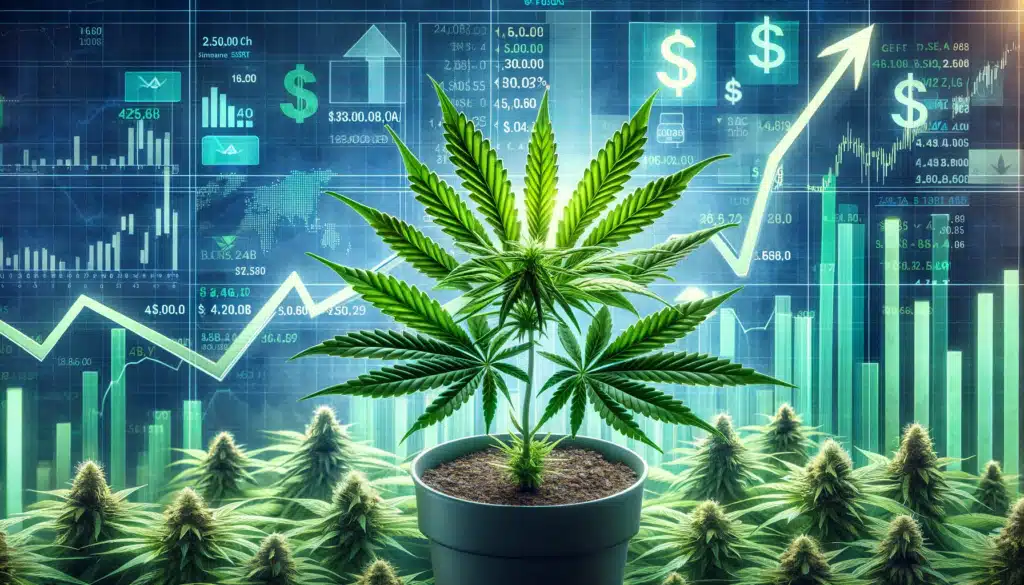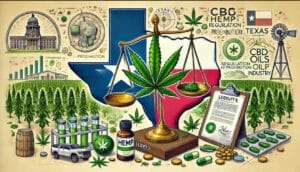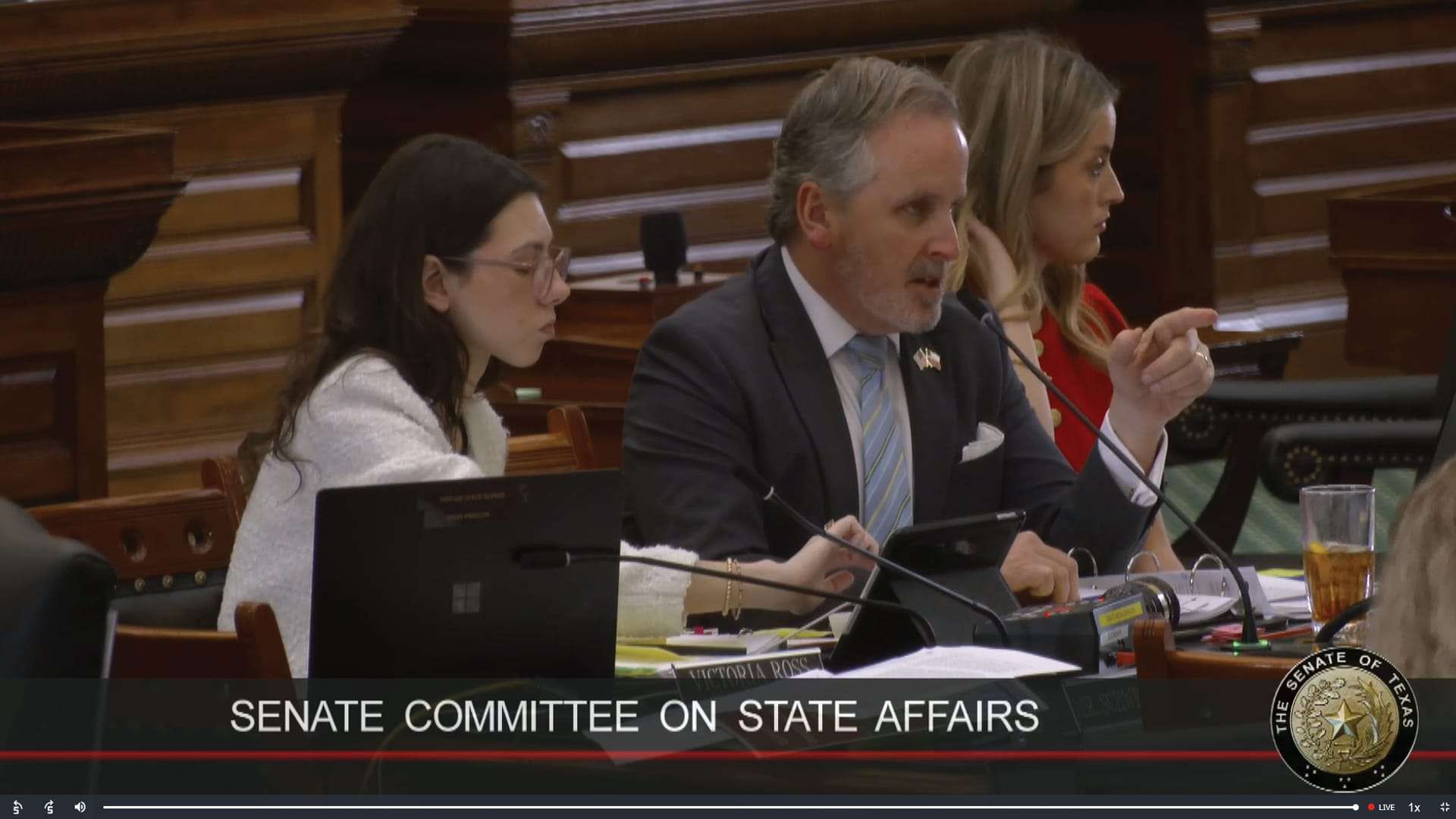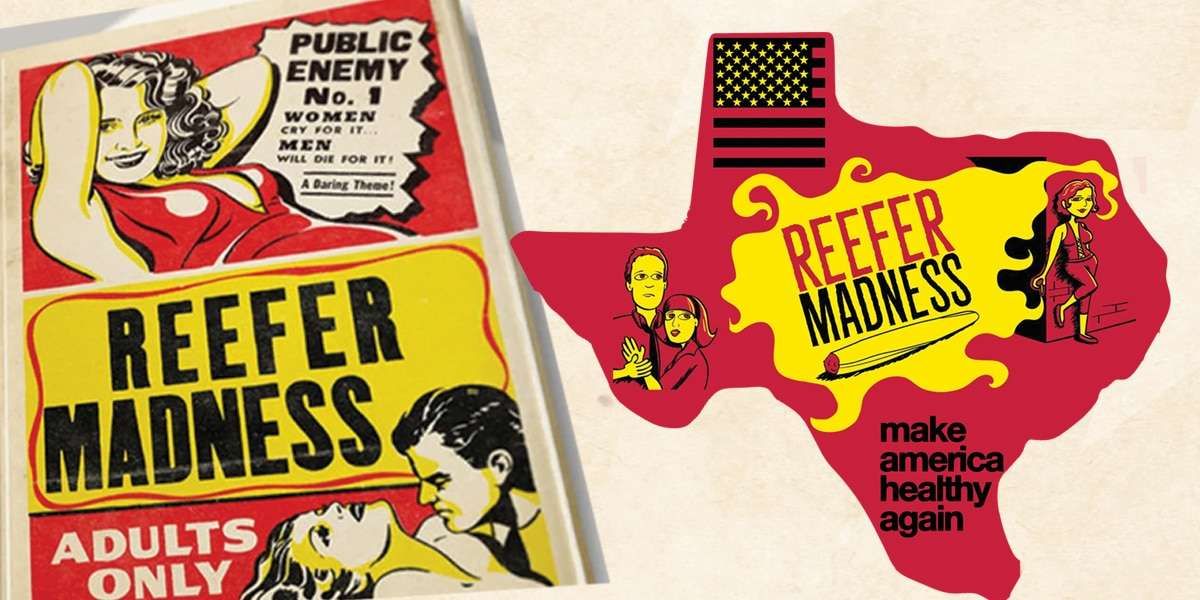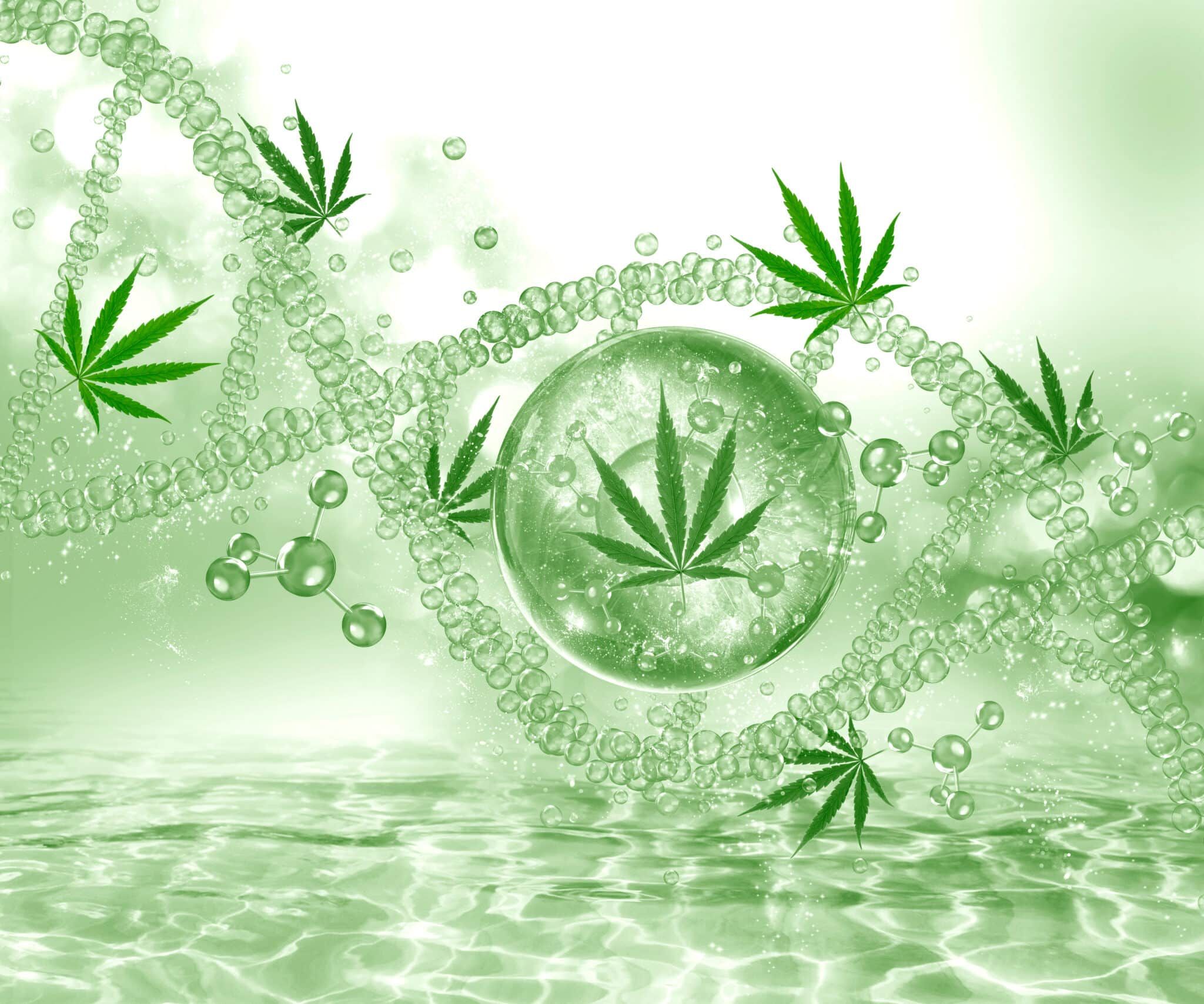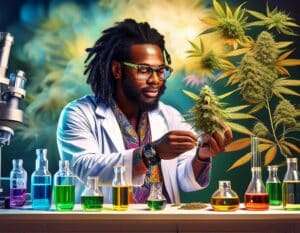‘Reefer Madness’ Rhetoric vs. Industry Response
A contentious Texas Senate hearing on Senate Bill 3 (SB 3) – a proposal to ban all consumable forms of THC – erupted into a fierce debate between prohibition advocates and a broad coalition of industry experts, medical patients, and veterans calling for sensible regulation rather than outright prohibition. The March 3, 2025 Senate State Affairs Committee hearing pitted Senator Charles Perry (R-Lubbock) and Chief Steve Dye of the Allen Police Department against hemp industry representatives who accused SB 3’s backers of employing intellectual dishonesty and fear-mongering rhetoric reminiscent of “Reefer Madness” propaganda.
From the outset, Sen. Perry and Chief Dye set a dire tone. Perry blasted the hemp industry as untrustworthy and accused it of exploiting legal loopholes “to the point that it has endangered public health.” He asserted that “high-potency synthetic THC products have flooded the marketplace,” deliberately conflating Delta-8 THC (a naturally occurring cannabinoid typically synthesized from legal CBD) with truly synthetic drugs like K2/Spice. By branding Delta-8 a “synthetic THC,” Perry implied it is on par with those dangerous street drugs – a misleading equivalence that industry advocates repeatedly challenged.
Chief Dye amplified this alarm, representing a coalition of law enforcement groups supporting the ban. He cited undercover operations in his city that supposedly found some “hemp” products with THC levels up to 78% – far above the 0.3% legal limit. Dye warned senators that product labels “do not reflect” actual contents, leading to “accidental intoxications, overdoses and increased addiction…particularly in our youth.” This choice of words – invoking overdoses and youth addiction – appeared calculated to provoke fear of a looming public health disaster.
Industry Advocates Call for Regulation Over Prohibition
Industry representatives, veterans, and medical patients united in opposition to the ban, emphasizing that regulation rather than prohibition would better serve public interests. Among them was Jay Maguire of the Texas Hemp Federation, alongside numerous business owners and cannabis advocates who presented a united front against SB 3.
Multiple witnesses highlighted the choice lawmakers face: continuing to allow access to regulated hemp products or pushing demand underground. As the Texas Hemp Reporter’s own Jay Maguire, testifying on behalf of the Cannabis Retailers Association of Texas (CRAFT) testified, “Your decision today will mean that future generations to come will thank you for allowing them access to relief readily available through over-the-counter wellness products containing hemp-derived cannabinoids, or, by banning it and handing over the enormous demand to those we are working so hard to stop at our border, creating a black market and empowering future generations of El Chapos.”
This stark warning encapsulated a core message from industry representatives: banning legal hemp-derived THC will not stop demand – it will simply empower criminal organizations and cartel-style illicit traffickers to fill the void, undermining public safety far more than regulated sales ever would.
Multiple industry experts argued that the state can solve youth access issues through technology and training without dismantling the entire hemp market. They emphasized that modern “age-gating” solutions (already used by reputable CBD shops) can electronically verify IDs and block under-21 sales, just as liquor stores or vape shops do. Some industry organizations have been developing standards for age-gating since 2020, well before any legal mandate.
“We’ve built a transparent, regulated industry that protects consumers,” stated one industry representative. “Dismantling it would only benefit illegal operators.” In other words, a ban would drive demand to the black market (where no one asks for ID), whereas enforcing ID checks in legal shops keeps kids out.
Data vs. Fear: Challenging Misleading Claims
Central to Chief Dye’s argument for the ban was that hemp-derived THC poses a growing public safety hazard, evidenced by more kids ending up intoxicated or in emergency rooms. A chief concern raised was a supposed spike in calls to poison control centers due to Delta-8. Dye and a supportive witness, Dr. Matthew Rossheim (a public health professor), both suggested that pediatric exposures were sharply rising. Rossheim claimed Texas has “seen sharp increases in emergency room visits for pediatric poisonings” from these products.
However, industry advocates provided data and context that significantly undercut these claims. They pointed out that reports to poison control have not dramatically increased since Delta-8 entered the market, contrary to the narrative of a crisis. In fact, no one at the hearing could cite evidence of a Texas-specific surge in serious adverse incidents.
Several industry representatives explained that many cases labeled as “poisonings” were actually instances where novice users simply “freaked out” after eating a strong Delta-8 gummy, leading them or their parents to seek help – an anxiety reaction, not a toxic overdose. With proper dosing education, they argued, these incidents are preventable and inherently less dangerous than portrayed.
Furthermore, state officials at the hearing quietly acknowledged that quality-control issues, while real, have been limited in scope. When pressed, a Department of State Health Services expert conceded there have only been a handful of instances of hemp products exceeding the 0.3% THC limit or being mislabeled – “not many and not a significant problem” based on their reports. This directly contradicted Perry’s portrayal of an out-of-control market flooded with potent contraband.
Industry, Patients, and Veterans Push Back
The vast majority of the nearly 170 people who signed up to testify were opposed to SB 3. Business owners, cannabis advocates, veterans, medical patients, and even some healthcare professionals testified that the answer is regulation, not prohibition.
Lukas Gilkey, co-founder of Austin-based Hometown Hero CBD (one of Texas’s largest Delta-8 retailers) and a U.S. Coast Guard veteran, was a prominent witness against the bill. Gilkey emphasized that Texas’s hemp businesses are not underground drug dealers, but licensed retailers contributing to the economy and serving consumers’ needs. By outlawing all THC products, lawmakers would be “pulling the rug out from under” an entire small-business sector that employs around 50,000 Texans and includes 7,000+ licensed shops statewide.
Multiple veterans – some in military uniforms – spoke out to oppose SB 3, emphasizing how accessible hemp-derived THC products have been life-changing for veterans dealing with PTSD, chronic pain, and other service-related injuries. They contrasted the ease of walking into a local shop for a therapeutic gummy with the bureaucratic hassle and expense of Texas’s restrictive Compassionate Use Program (CUP) for medical marijuana.
One emotional moment came when a mother, Piper Lindeen, described how low-THC cannabis kept her epileptic son’s seizures at bay; she pleaded not to take away the only thing giving her child a normal life.
Other witnesses provided pragmatic solutions that directly countered Perry and Dye’s points. Several suggested Texas implement testing and labeling standards (for potency, purity, child-resistant packaging, etc.) similar to states with legal cannabis, rather than ban products outright. Mark Bordas, a hemp business owner, used a memorable analogy: “You don’t cure alcoholism by banning light beer. Hemp is the light beer of cannabis…If Texas has a THC problem, isn’t the source the high-potency marijuana?” His point neatly flipped Perry’s logic, arguing that hemp products are actually a milder alternative to illicit high-THC cannabis.
Regulation vs. Prohibition: A Better Path Forward
Throughout the hearing, industry stakeholders emphasized that they acknowledge the need for tough standards to keep bad actors in check and kids out of harm’s way. They insisted those goals can be met without destroying a legitimate industry and criminalizing countless Texans.
Retailers like Shayda Torabi, co-owner of Restart CBD in Austin, testified that her store strictly age-verifies every purchaser. “As a retailer I am age-gating product sales…Knee-jerk reactions are not the way to eliminate bad actors,” Torabi told senators, urging them to punish those who sell to minors rather than all businesses wholesale.
“If stores around this state are selling to children, it’s the Legislature’s fault for not adding that verbiage into the bill,” said Nicholas Gresham, owner of East Texas Hemp Company, referring to the lack of explicit age restrictions in the original 2019 hemp law.
Multiple advocates stressed that Texas has the capability to regulate sales through common-sense measures – from requiring child-resistant packaging and clear labeling to restricting marketing that targets minors – all without resorting to prohibition. Their testimony underscored the point that responsible businesses already voluntarily enforce age limits, knowing it’s in their best interest to prevent youth access. They urged the committee to codify these practices statewide.
Critical Moments and Outcome
The SB 3 hearing had several flashpoints that illustrated the intensity of this debate. One striking moment came when the audience’s reaction led to the entire Senate gallery being cleared. As multiple witnesses passionately rebuked the ban and defended legal THC, supporters in the gallery clapped and cheered – defying the chairman’s warnings to remain quiet. After a few such outbursts of applause, state troopers were ordered to empty the gallery for roughly 30 minutes. Seasoned advocates noted they had “never seen the full gallery cleared” before. This incident underscored the high emotions on display and the overwhelming sentiment in the room, which appeared to favor regulation over an outright ban.
Another pivotal moment was Sen. Perry’s closing remarks. After hours of being on the defensive, Perry doubled down on his stance and lashed out at the hemp industry as “bad actors clinging to keep their unethical market alive.” Perry’s comparison of the industry to 1950s-era tobacco companies – effectively accusing them of lying about safety – drew murmurs and prompted one final wave of responses from witnesses.
The State Affairs Committee left SB 3 pending without taking an immediate vote – a pause that suggested at least some lawmakers had reservations about rushing forward. Lt. Gov. Dan Patrick has signaled SB 3 is a fast-track priority, claiming banning Delta-8 will “keep these unsafe products off our streets,” despite evidence that prohibition often does the opposite.
Conclusion: A Crossroads for Texas Cannabis Policy
The hearing made clear that Texas stands at a crossroads on hemp and cannabis policy. On one side, leaders like Lt. Gov. Dan Patrick and Sen. Perry are doubling down on a hardline, prohibitionist stance fueled by alarming narratives of public danger. On the other, a growing alliance of entrepreneurs, consumers, patients, and industry advocates are calling for a more nuanced approach.
As one industry representative reminded the senators in closing, “You don’t often get a second chance to avoid a costly mistake,” urging them not to repeat the errors of past drug policy.
Whether the Texas Legislature will heed this call for balance remains to be seen. But for now, the voices of reason – from industry representatives to the everyday Texans who showed up to testify – have made their case loud and clear. Future generations of Texans, they argue, will either thank this legislature for keeping wellness products accessible and safe, or curse it for empowering black markets and “future El Chapos.” The choice lies in lawmakers’ hands, and all of Texas is watching.
